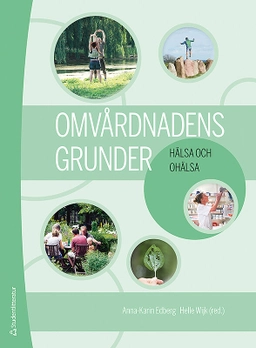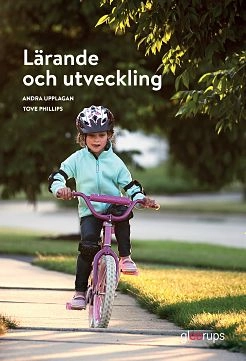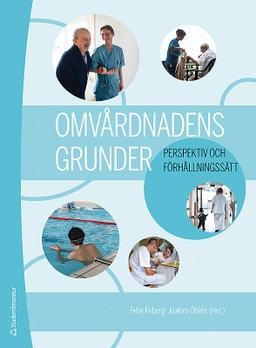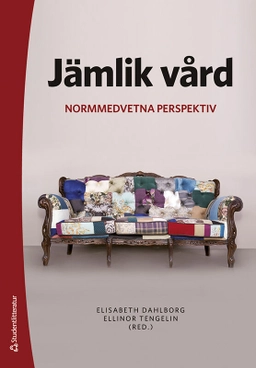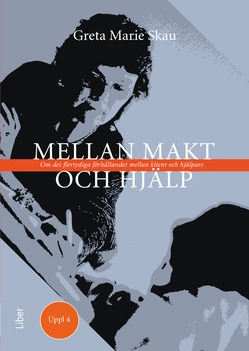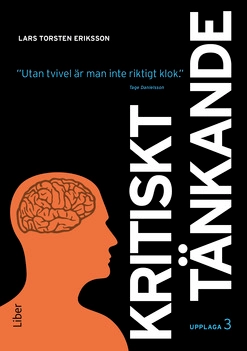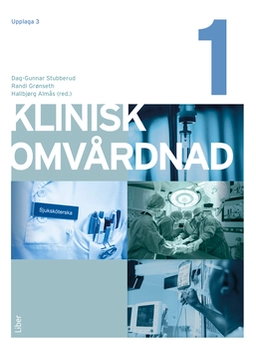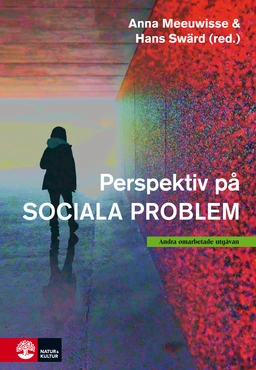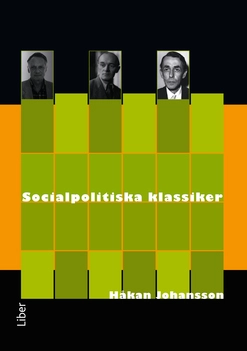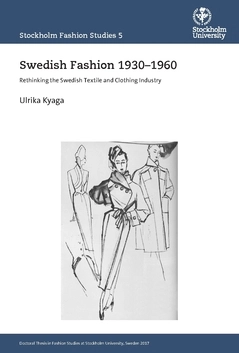

Swedish Fashion 1930–1960 : Rethinking the Swedish Textile and Clothing Industry
- Utgiven: 2020
- ISBN: 9789176499238
- Sidor: 292 st
- Förlag: Stockholm University
- Format: Häftad
- Språk: Engelska
Om boken
Åtkomstkoder och digitalt tilläggsmaterial garanteras inte med begagnade böcker
Mer om Swedish Fashion 1930–1960 : Rethinking the Swedish Textile and Clothing Industry (2020)
I november 2020 släpptes boken Swedish Fashion 1930–1960 : Rethinking the Swedish Textile and Clothing Industry skriven av Ulrika Kyaga, Ulrika Kyaga. Den är skriven på engelska och består av 292 sidor djupgående information om konstens värld. Förlaget bakom boken är Stockholm University.
Köp boken Swedish Fashion 1930–1960 : Rethinking the Swedish Textile and Clothing Industry på Studentapan och spara pengar.
Referera till Swedish Fashion 1930–1960 : Rethinking the Swedish Textile and Clothing Industry
Harvard
Oxford
APA
Vancouver



